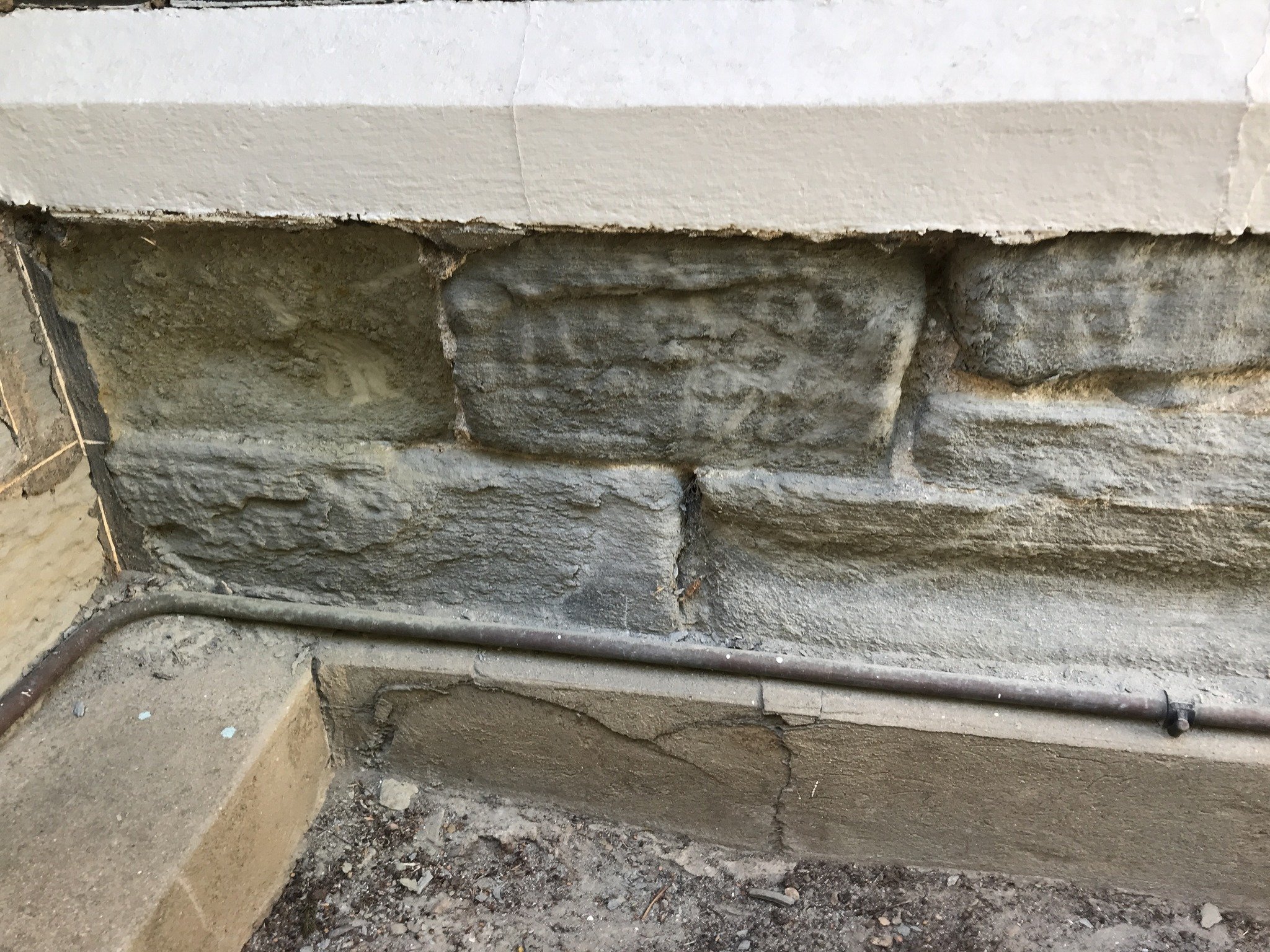
Preserving South Australia’s Heritage

Salt Damp and how to fix it
I've faced a formidable challenge that silently corrodes the splendor of historic stone houses: salt damage, otherwise known as salt damp. These architectural wonders, soaked in history, endure a continuous assault from soluble salts that infiltrate the stone and surrounding mortar. Rising damp from groundwater and falling damp from rainwater introduce these salts, leaving behind crystalline residues as moisture evaporates.

The Art of Repointing
Repointing is the process of renewing the mortar joints between bricks, stones, or other masonry units. Over time, mortar can deteriorate due to exposure to the elements, leading to cracks, erosion, and weakening of the structure. Repointing addresses these issues by removing damaged mortar and replacing it with fresh mortar, rejuvenating the masonry's strength and appearance.

The Pitfalls of Cement-Based Mortars in Stone Buildings
While cement-based mortars have become widely popular due to their convenience, they can be detrimental to stone buildings in the long run. In this blog post, we will explore the reasons why cement-based mortars are generally unsuitable for stone buildings.

Crumbling Chimneys
Chimneys, with their timeless charm and practicality, have been a fixture in homes for centuries. However, the passage of time and exposure to the elements can take a toll on these essential structures, leading to deterioration. In this blog post, we'll explore the ins and outs of chimney deterioration, uncover its root causes, and delve into effective methods for remediation and preservation.

Stonemasonry in Landscaping
In the world of garden design, which is always changing, the practice of stone work remains a constant and timeless choice. This method is a key feature of top-notch landscaping, bringing a sense of durability, beauty, and a natural feel. This article will discuss the lasting charm of stone work in today's landscaping.
